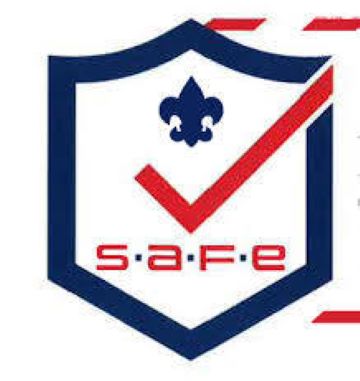
SUMMARY
Sometimes you just say “no” to an activity when you “know” the program of the Boy Scouts of America. So, did you “know” there are activities and programs that should NOT be part of any Scouting experience? Or that there are limits for when some activities should be introduced? How you can find out about them and why they are on the “list” are what this safety moment is about.
GENERAL INFORMATION
First, ask this question: Is the activity in a handbook or other current literature of the Boy Scouts of America?
If it is, great. Then you know it is part of the BSA program.
Wait, it’s not in a BSA handbook or literature. Then ask: Does it support the values of the Boy Scouts of America? If the activity helps to create good conduct, respect for others, and honesty, then most likely it is good to go. (Note: Values do not use fun, exciting, wilder, crazy, or faster as a test, nor do they include “We have always done it.”)
The next test: Is it age appropriate? For instance, by design the program limits the use of throwing knives and tomahawks to youth in Scouts BSA and above, and limits the use of pocketknives in Cub Scouting to Bears and above. A list of age-appropriate guidelines is in the appendix of the Guide to Safe Scouting.
So, the activity you want to do isn’t in the handbook, but you think it supports the values of the BSA and it appears to be age appropriate. Last test: Is it prohibited or unauthorized? Look at the list of prohibited activities in the Guide to Safe Scouting.
So how does something get on the list? From time to time, cross-functional teams of volunteers and professional staff are asked to evaluate programs or activities to incorporate into Scouting. Sometimes it’s a near miss, social media, or an actual incident that brings an activity forward for review. Other times it’s a request for a new or revised program or merit badge. These requests are reviewed by a team using various risk assessment tools found in the Enterprise Risk Management Committee Guidebook. As of this writing, 21 activities are on the prohibited listing. Prohibitions include failing to deliver program as designed or contained in our literature and common sense restrictions that include extreme sports, pyrotechnics, shooting or throwing at each other, and power tool use. The list is not comprehensive, but it serves as a definitive list of prohibited activities and it offers a broad sense of what is not allowed as a Scouting activity.
In addition, our program literature outlines restrictions or age-appropriate activities. For example, the National Shooting Sports Manual has a list of restricted activities including boomerangs, spears, crossbows, and blowguns; COPE literature restricts belaying. Finally, there are some activities that may be restricted at the unit level but are allowed as part of a council-level activity. These include all-terrain vehicle and personal watercraft use and the pistol safety and marksmanship program for youth in Scouts BSA. Additionally, certain activities are specifically authorized at the high-adventure bases, such as crossbows at the Summit Bechtel Reserve and reloading ammunition at Philmont Scout Ranch.
RESOURCES
- Prohibited Activities FAQs: scouting.org/health-and-safety/prohibited-activities-faqs/
- Guide to Safe Scouting: https://www.scouting.org/health-and-safety/gss/toc/
- Enterprise Risk management Committee Guidebook:
- https://filestore.scouting.org/filestore/healthsafety/pdf/680-026.pdf
